
A brief analysis of the history and decorative art of Tibetan jewelry
Share
In recent years, with the continuous improvement of the quality of life of our country's people, people have begun to take corresponding measures to meet their spiritual needs after meeting their basic living needs. Tibetan jewelry has gradually entered the public eye and has become an embellishment in the daily life of some women. As an important part of Tibetan art, Tibetan jewelry is the pulse of the development of Tibetan culture. Compared with other cultural jewelry, Tibetan jewelry has strong characteristics of simplicity, roughness and mystery. Because of its strong mysterious color, it is currently loved by most women. It can even be said that Tibetan jewelry has become a new fashion trend, representing Tibetan culture.
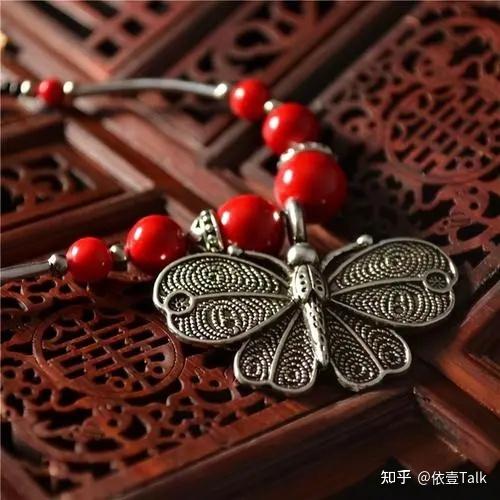
The Tibetan cultural spirit expressed in Tibetan ornaments can be analyzed mainly from the following two aspects: on the one hand, the colors of Tibetan ornaments are relatively rich. In the process of the formation and development of Tibetan ornaments, relevant staff and artists will combine the actual development of Tibetans and the development of their culture to make certain reforms, adjustments and optimizations to the color design of Tibetan ornaments. Therefore, at this stage, Tibetan ornaments present a rich and colorful form. Different shapes and colors of Tibetan ornaments reflect the cultural pursuits of Tibetan people in different eras. The nature of Tibetan ornaments in different periods also has a strong connection with the cultural development of Tibetans at that time. Therefore, Tibetan ornaments not only have strong artistic value, but also have strong historical value. Relevant staff discovered its important value when exploring the history of Tibetan culture and art development; on the other hand, the aesthetic function of Tibetan ornaments is combined with its use function. From the perspective of the constituent elements of Tibetan ornaments, they can be divided into four aspects: quality, shape, color and painting. Its different constituent elements are related to the historical culture of different Tibetan periods, and also show the artistic concepts of Tibetan people in different periods and regions.
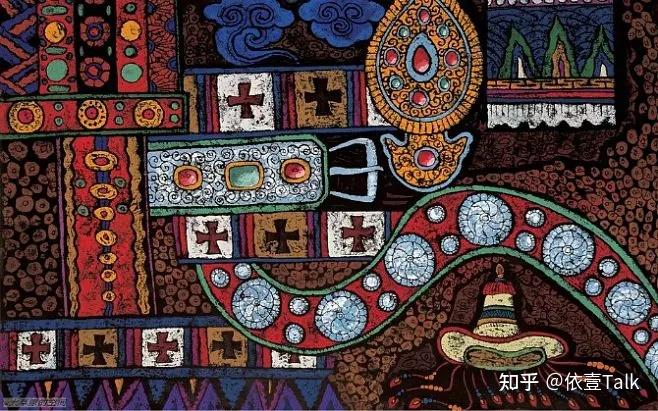
Cultural connotations of Tibetan jewelry
Tibetan jewelry has existed since the early development of Tibetan culture, so its cultural connotation is relatively rich. Tibetan jewelry is closely related to the culture and artistic beliefs of the Tibetan people, and can directly reflect the living habits and production methods of the Tibetan people in different periods and regions. The development history of Tibetan jewelry is inseparable from the changes in the Tibetan people's ideas, cultural awareness and lifestyle. It has a strong connection with the geographical factors of the Tibetans and the people's life concepts. Almost all Tibetan jewelry is adapted to the living habits of the Tibetan people at that time.
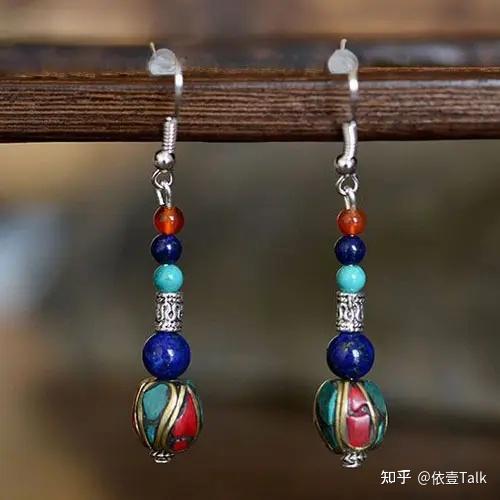
Main Tibetan decorative ornaments
Tibetan hats and Tibetan-style scarves are the Tibetans' most ethnically distinctive and artistic headwear. From the current development of Tibetan headwear, there are many types of headwear that are suitable for different types of people, with women's headwear being the main type. There are relatively many types of headwear in Tibetan areas. A comprehensive investigation and analysis based on the actual situation revealed that hats, hair accessories, scarves and other related accessories are the main components of Tibetan headwear. According to the investigation conducted by relevant staff, the most popular headwear among Tibetans include hats and headwear embellished with precious treasures such as coral, beeswax, turquoise and agate.
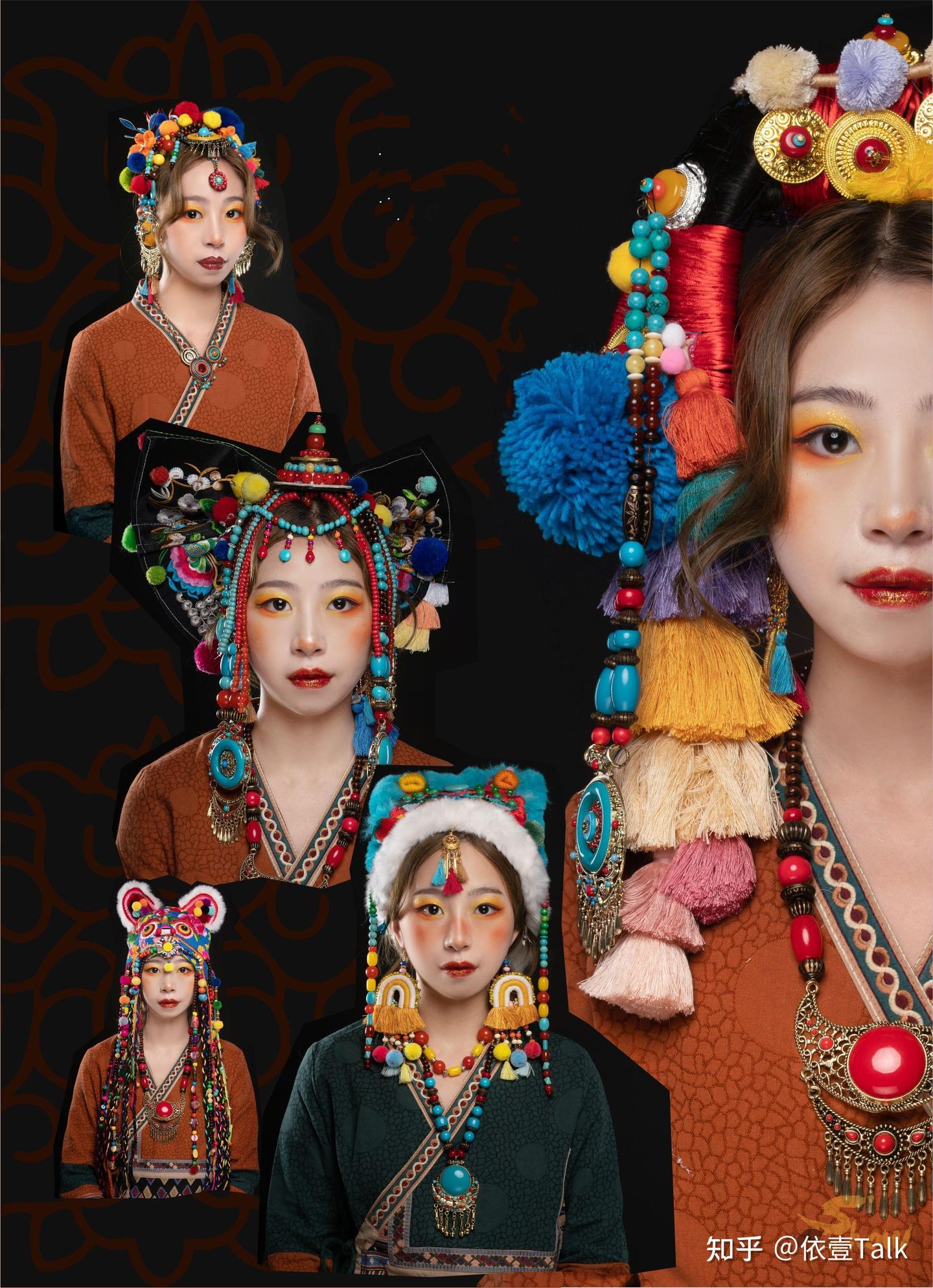
Jewelry
Tibetan jewelry can be mainly divided into earrings, necklaces, hand ornaments and foot ornaments. The raw materials of the jewelry are mostly precious materials such as gold, silver, copper and jewelry. In order to improve the aesthetic value of Tibetan jewelry, most jewelry will be combined with actual conditions and market demand, and fine patterns will be carved to meet the specific needs of different types of users. Among them, earrings include earrings and earrings; hand ornaments include bracelets, bracelets and rings. The raw materials of most bracelets are animal bones and conchs, and the audience is mainly women; rings are mainly silver jewelry, and the audience is all Tibetan people. Almost all Tibetan men and women will wear silver rings. The rings are well-made. The patterns carved on the surface of the rings are made according to traditional Tibetan-related craftsmanship. The lines are relatively fine. Some rings will be inlaid with turquoise, coral and agate to improve the aesthetics; Tibetan foot ornaments are mainly Tibetan shoes. Tibetan shoes are rich and bright in color, with a variety of styles, excellent craftsmanship, and strong artistic value.
Tibetan culture contained in the patterns of Tibetan ornaments
Most Tibetan ornaments are engraved with rich and exquisite patterns. The engraving process of the patterns on the surface of Tibetan ornaments is relatively complicated. It is not only necessary to ensure the standards and specifications of the engraving process, but also relevant staff need to select patterns according to market demand and the specific culture of Tibetans before the actual engraving work begins. Because the Tibetan people themselves have a strong cultural awareness, the surface patterns of Tibetan ornaments that are widely circulated among Tibetans in my country currently have strong Tibetan cultural thinking. The main contents include statue forms, text and pattern art, and historical records. Its art form can be mainly classified from the following aspects: First, the period of Ashoka in India was about two hundred years ago. At that time, Ashoka transformed the doctrine into specific related stories. At the same time, in order to achieve the spread of later generations, the stories were visualized through art forms such as carving and painting. Such a concrete story has been passed down to this day through the patterns and patterns on Tibetan ornaments. Because the traditional Tibetan culture is highly abstract, it mainly proves existence through metaphors or intentional expressions. Based on this, we can find that Tibetan ornaments have a strong cultural and artistic atmosphere, which is reflected in many aspects; secondly, the important artistic decoration form of Tibetan ornaments, temple architecture decoration and vessel pattern decoration is the orderly text pattern art. The decorative art of text patterns is mainly extracted from cultural and artistic language, and the text language is rich in meaning and highly generalized.
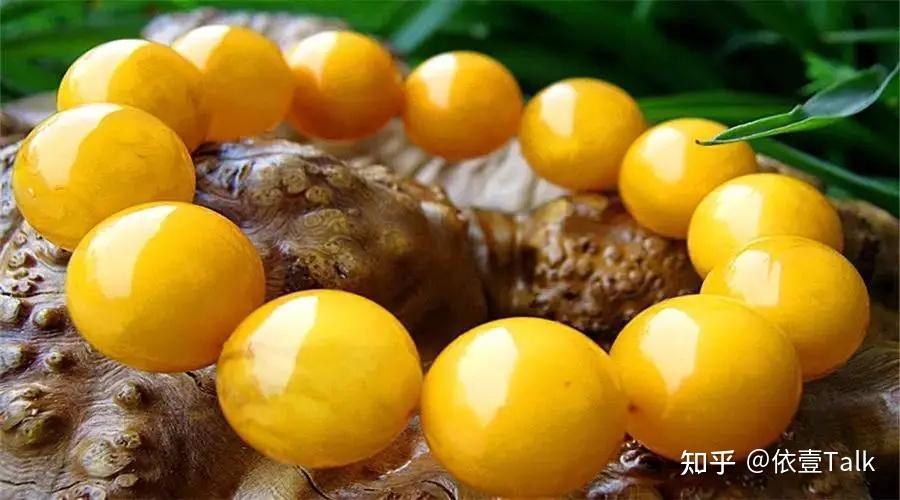
Color characteristics of the pattern
Tibetan jewelry is rich in colors, and different colors can reflect different Tibetan arts. The color characteristics of Tibetan jewelry can be analyzed mainly from the following aspects: First, the people in Tibetan areas have been in a nomadic state for a long time, which makes them have a deeper understanding of the art of color. Therefore, they attach great importance to the art of color when developing Tibetan jewelry. Tibetan people will give different colors of Tibetan jewelry different artistic and social meanings according to their artistic pursuits, and reflect the life and artistic concepts of Tibetan people through the color characteristics of jewelry; second, the development process of the Tibetan nation is tortuous, and Tibetans are more and more sensitive to color art in their continuous nomadic and migratory life. They can give different bright color contrasts with a strong artistic atmosphere and social significance. Tibetan jewelry reflects the harmony of the life art of the Tibetan people through strong and bright color contrasts.
Conclusion
The Tibetan ornaments art, as early as the primitive era 5,000 years ago, has already shone brilliantly, showing strong local artistic characteristics. Nowadays, in the areas where Tibetans live, the cultural history has produced a variety of colorful and unique Tibetan ornaments in the process of development, all of which have high aesthetic value. In a region where Tibetan culture is prevalent, the meaning of ornaments itself has undergone major changes. It no longer plays a simple decorative role, but has gradually evolved into an indispensable part of the lives of Tibetan people. In addition to its decorative use in the human body, Tibetan ornaments are also very rich in the art of Tibetan architecture and the production of traditional Tibetan handicrafts.
